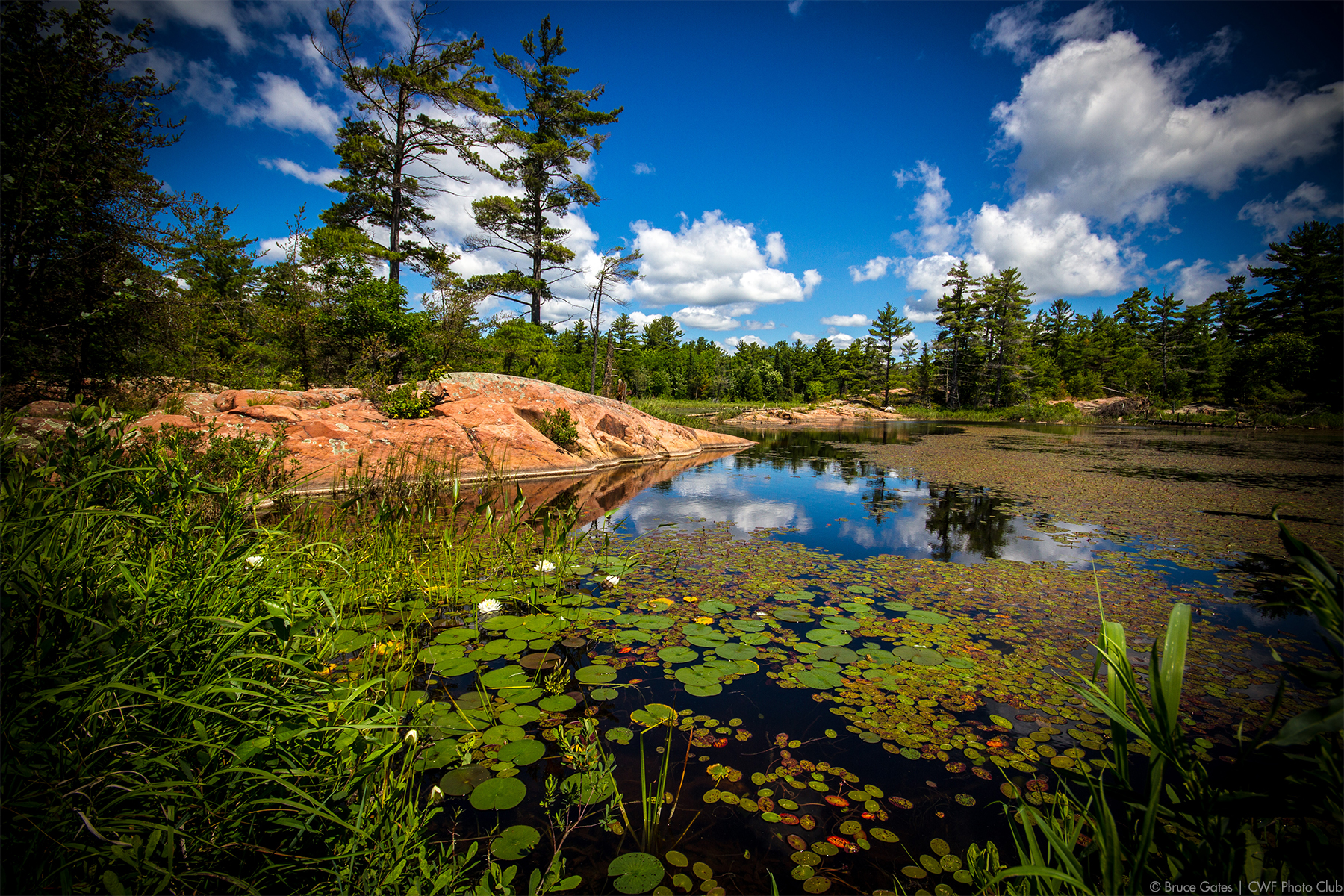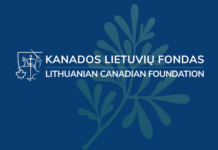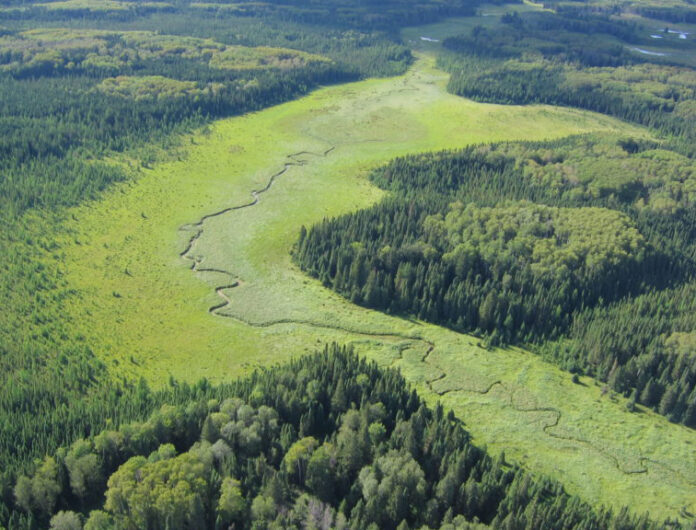
February 2, primarily known in North America as Groundhog Day, is not generally recognized for its importance as World Wetlands Day. This day is meant to raise awareness about the role wetlands play in our ecosystems. Wetlands help purify water, protect surrounding areas from floods and reduce shoreline erosion.
Wetlands are ecosystems where water is the primary factor controlling the environment and the associated plant and animal life. A broad definition of wetlands includes both freshwater and marine and coastal ecosystems such as all lakes and rivers, underground aquifers, swamps and marshes, wet grasslands, peatlands, oases, estuaries, deltas and tidal flats, mangroves and other coastal areas, coral reefs, and all human-made sites such as fishponds, rice paddies, reservoirs and saltpans. They contain rare plants, animals, fungi and microorganisms, and create their own microclimate, increasing humidity and moderating temperature changes.
Over the past century, human activity in Lithuania, has also reduced the number of wetland areas – there are only 800 larger than 50 hectares (about 123 acres) left of the former 1,500. Human activities that lead to loss of wetlands – there, as elsewhere in the world – include drainage and infilling for agriculture and construction, pollution, overfishing and overexploitation of resources, introducing invasive species, and climate change. In Lithuania peat-digging for fuel and fertilizer over several decades has also destroyed some of these ecosystems with their plant and animal life, leaving others at the edge of extinction.
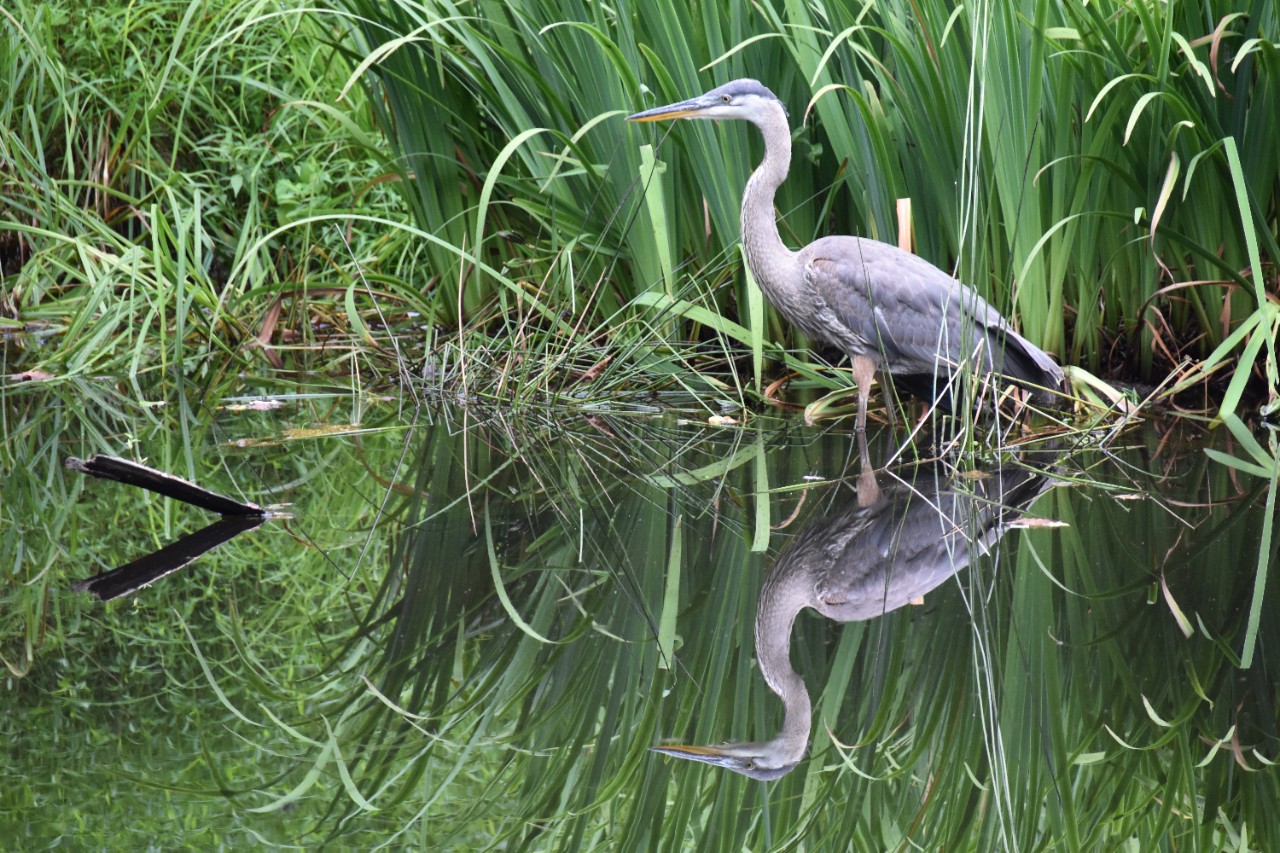 In 1971, the Ramsar Convention was signed in Iran, and meeting participants designated February 2 as World Wetlands Day. At the end of 2022, United Nations Biodiversity Convention representatives met in Montreal and confirmed a strategy by which 30 percent of ecosystems at risk would be revitalized by 2030.
In 1971, the Ramsar Convention was signed in Iran, and meeting participants designated February 2 as World Wetlands Day. At the end of 2022, United Nations Biodiversity Convention representatives met in Montreal and confirmed a strategy by which 30 percent of ecosystems at risk would be revitalized by 2030.
In Lithuania a project called Natura 2000 has begun restoration of certain wetlands in the northwest, with management of water influx and removal of vegetation not native to wetlands.
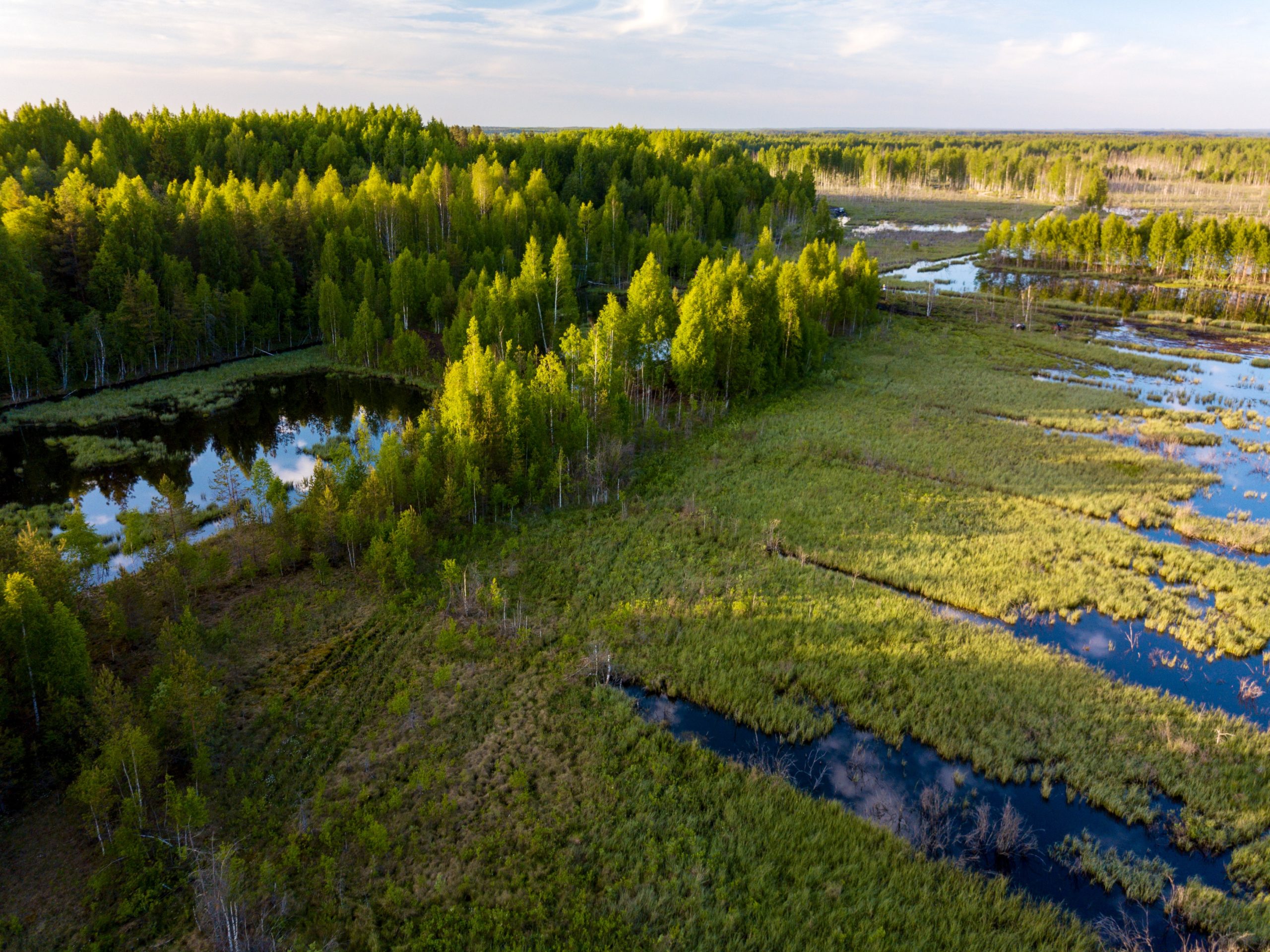
World Wetlands Day is an opportunity for naturalists everywhere to educate the public by means of lectures, workshops and conservation activities. Though they cover only around 6 per cent of the Earth’s land surface, 40 per cent of all plant and animal species live or breed in wetlands.
Wetlands are among the ecosystems with the highest rates of decline, loss and degradation.
They are disappearing three times faster than forests and are Earth’s most threatened ecosystem. In just 50 years — since 1970 — 35% of the world’s wetlands have been lost.
World Wetland Day serves to remind people that wetlands are a natural solution to the era-defining global threat of climate change. They absorb carbon dioxide so help slow global heating and reduce pollution, hence have often been referred to as the “Kidneys of the Earth”. Peatlands alone store twice as much carbon as all the world’s forests combined. Coastal wetlands sequester and store carbon up to 55 times faster than tropical rain forests. But, when drained and destroyed, wetlands emit vast amounts of carbon.
“Revive and restore degraded wetlands” is the theme for 2023 highlighting the importance of wetlands’ restoration, since well-restored wetlands can provide many of the services performed by the original natural wetland.
An urgent call to take action and to invest financial, human and political capital is this year’s appeal to save the world’s wetlands from disappearing altogether — and to restore those we have already lost.
To date, nearly 90 percent of the world’s wetlands have been degraded or lost. We are losing wetlands three times faster than forests. There is an urgency to raise global awareness on wetlands to arrest and reverse their rapid loss and encourage actions to restore and conserve these vital ecosystems.
In Canada, wetlands cover about 13% of the land area. They were once abundantly distributed throughout the country. Recently, however, wetlands have become an increasingly scarce resource in settled areas of the country. Here, wetlands have also been adversely affected by land use practices that have resulted in vegetation destruction, nutrient and toxic loading, sedimentation, and altered flow regimes. In southern Ontario, 68% of the original wetlands have been converted from their natural state to support alternative uses such as agriculture and housing. More information on wetlands is available at Canada.ca (environment and natural resources).
